Securing loads on a flatbed trailer is both an art and a science. At CarMax Vehicle, we understand the critical importance of proper load management to ensure safety, compliance, and efficiency in transportation. Whether you’re a seasoned professional or new to the industry, mastering the techniques of strapping down a load can significantly reduce risks and enhance operational performance. This comprehensive guide delves into the best practices, tools, and strategies for effectively securing cargo on a flatbed trailer.
Understanding the Basics of Load Securing
Before diving into the specifics, it’s essential to grasp the foundational principles of load securing. Properly strapping down a load involves more than merely attaching straps; it requires strategic placement, tensioning, and inspection to maintain load stability throughout transit.
Key Principles
- Balance: Ensuring the load is evenly distributed across the trailer to prevent undue stress on any single point.
- Tension: Applying the correct amount of force to straps to hold the load firmly without causing damage.
- Redundancy: Using multiple securing points to provide backup in case one fails.
- Compliance: Adhering to local and national regulations regarding load securing methods and equipment.

Essential Equipment for Securing Loads
Selecting the right equipment is paramount for effective load securing. At CarMax Trailer, we offer a range of high-quality tools designed to meet diverse transportation needs.
Straps and Tie-Downs
- Ratchet Straps: Known for their durability and adjustable tension, ideal for heavy or irregular loads.
- Cam Buckle Straps: Suitable for lighter loads, offering quick and easy application.
- E-Track Straps: Feature hooks that attach to E-Track systems on trailers, providing versatility and ease of use.
Anchor Points and Hardware
- Anchor Bolts: Secure points attached to the trailer’s frame, used for fastening tie-down straps.
- D-Rings: Reinforced points that allow for directional securing of straps.
- Chain Locks: Provide additional security for oversized or particularly heavy loads.
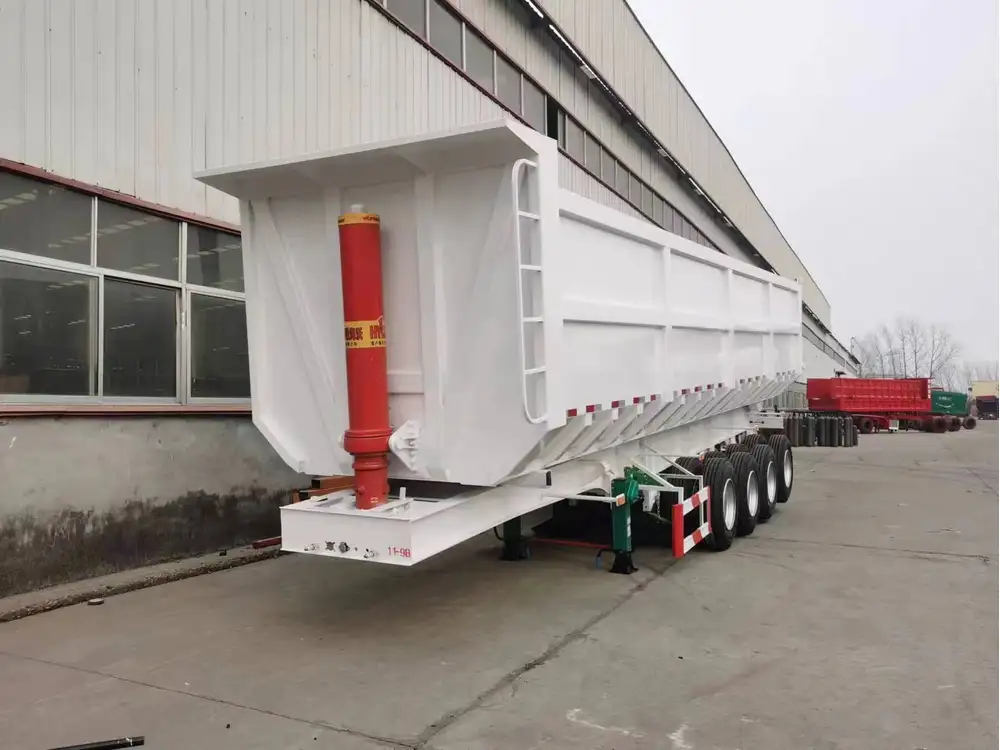
Load Bars and Blocks
- Load Bars: Adjustable bars that span the width of the trailer, preventing lateral movement of the load.
- Wood Blocks: Used to brace cargo, ensuring it remains stationary during transit.
Step-by-Step Guide to Strapping Down a Load
Securing a load on a flatbed trailer requires meticulous attention to detail. Follow these steps to guarantee a safe and stable transport.
1. Inspect the Trailer and Equipment
Before loading, conduct a thorough inspection of the trailer and securing equipment:
- Check Anchor Points: Ensure all anchor points are secure and free from damage.
- Inspect Straps: Look for signs of wear, fraying, or damage in all straps and tie-downs.
- Verify Load Capacity: Confirm that the combined weight of the load does not exceed the trailer’s capacity.
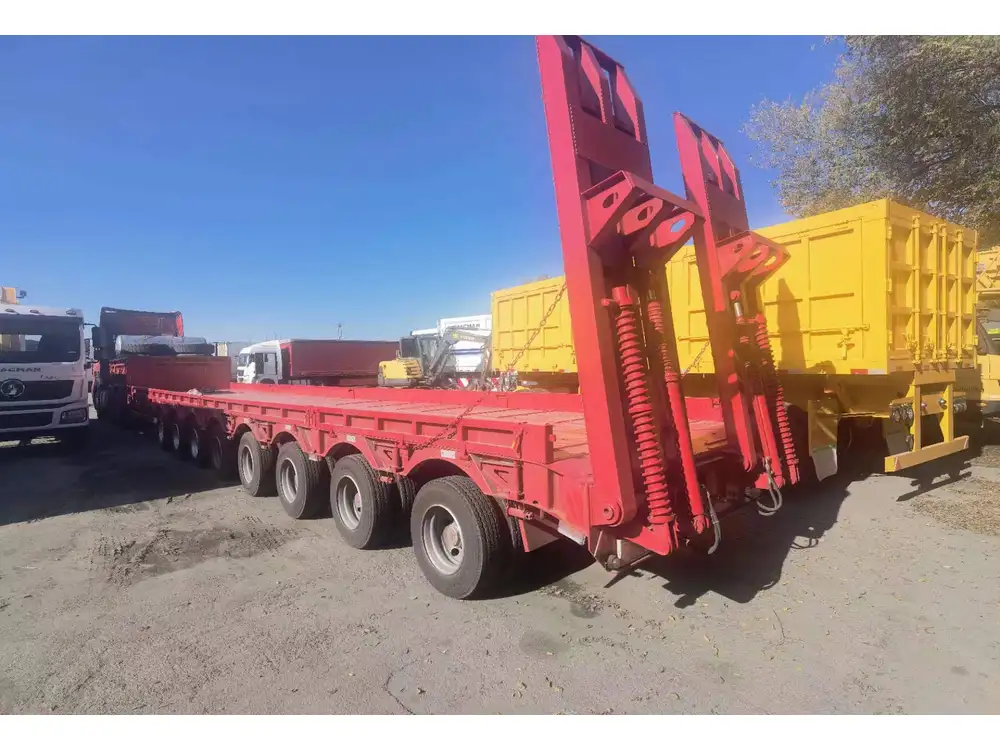
2. Plan the Load Layout
Strategic placement of cargo can simplify the securing process:
- Distribute Weight Evenly: Place heavier items near the trailer’s center to maintain balance.
- Stack Appropriately: Arrange cargo to prevent shifting, ensuring taller items are at the front and shorter items at the back.
- Leave Adequate Space: Maintain space between items to allow for effective strap placement.
3. Position the Load
Carefully place the load onto the trailer, ensuring it aligns with the planned layout:
- Center the Load: Position the cargo so that it is evenly balanced from side to side.
- Align with Anchor Points: Ensure key points of the load line up with available anchor points on the trailer.
4. Apply Straps and Tie-Downs
Begin securing the load by following a systematic approach:
- Start with Ratchet Straps: Position straps over the heaviest parts of the load and secure them to anchor points. Use ratchets to tighten and apply necessary tension.
- Add Cam Buckle Straps: For areas requiring less tension, deploy cam buckle straps to maintain stability.
- Utilize E-Track Systems: Attach straps to E-Track systems for flexible securing points, especially for irregularly shaped loads.
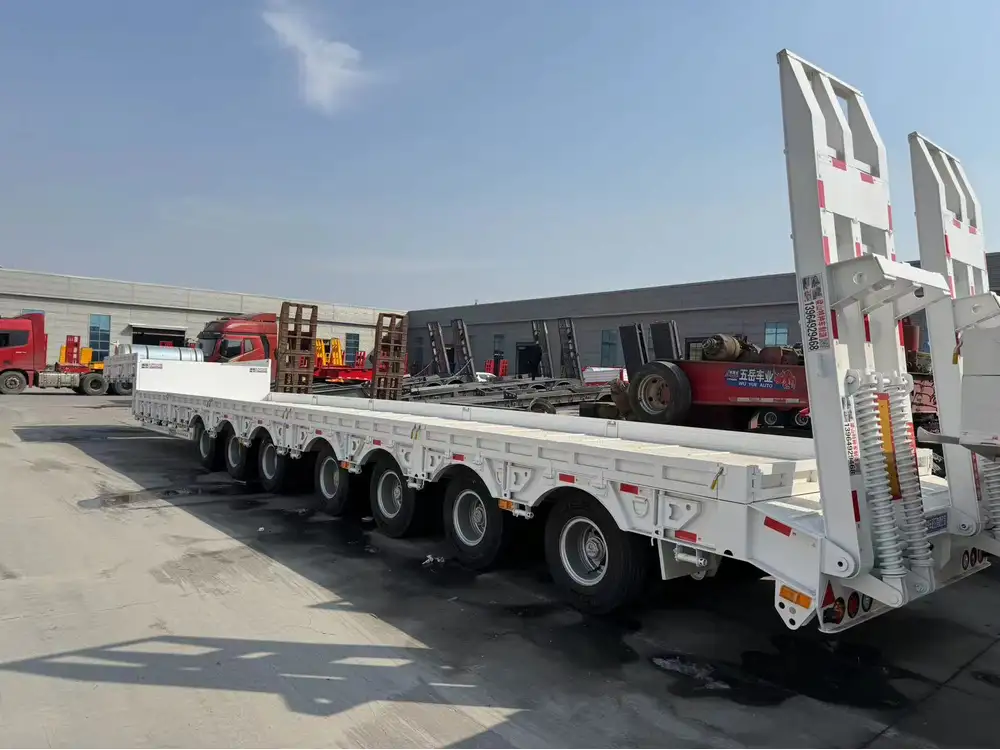
5. Use Load Bars and Blocks
Enhance load stability by incorporating additional securing methods:
- Install Load Bars: Place load bars across the width of the trailer, locking them into position to prevent side-to-side movement.
- Insert Wood Blocks: Position wood blocks or other bracing materials between cargo items to immobilize them further.
6. Inspect and Adjust
Before departure, perform a final inspection to ensure everything is secure:
- Check Tension: Verify that all straps are adequately tensioned and have not loosened during loading.
- Inspect Straps and Hardware: Look for any signs of wear or potential failure points.
- Test Load Stability: Gently shake the load to confirm it remains stationary.
Advanced Techniques for Maximum Security
For those seeking to elevate their load securing practices, consider implementing these advanced techniques:
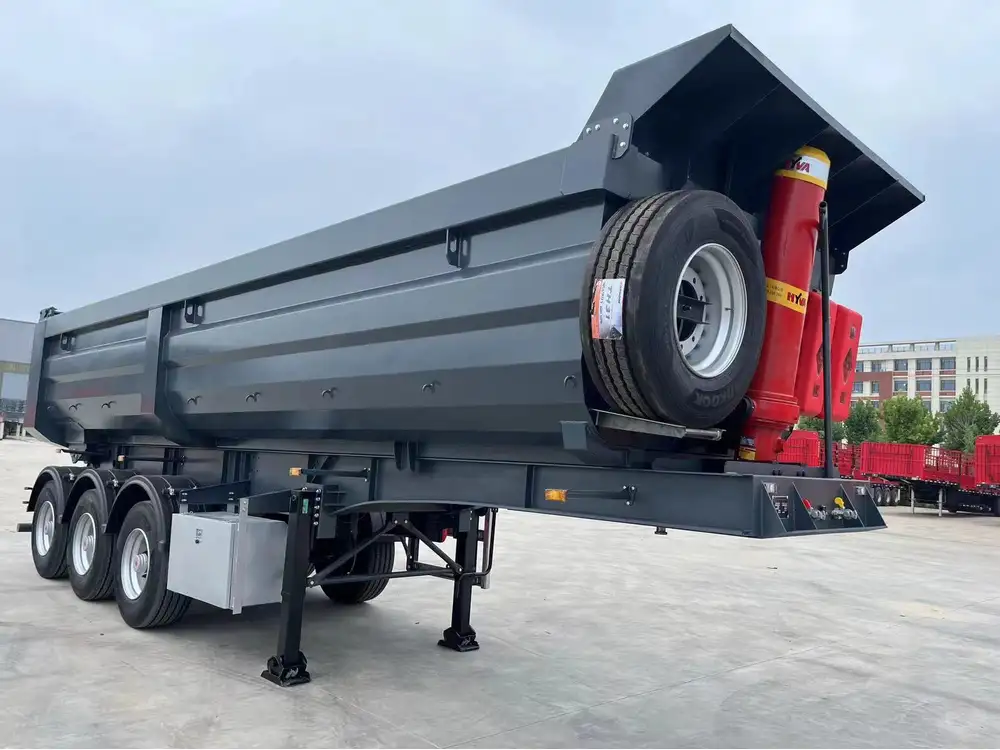
Cross-Strapping
Cross-strapping involves placing straps diagonally across the load, creating a crisscross pattern that enhances stability and reduces movement.
Blocking and Bracing
Utilize wooden or metal blocks to fill gaps between cargo items, preventing lateral and vertical shifts during transit.
Load Distributors
Install load distributors or spreaders to evenly distribute the load’s weight across multiple anchor points, minimizing stress on any single point.
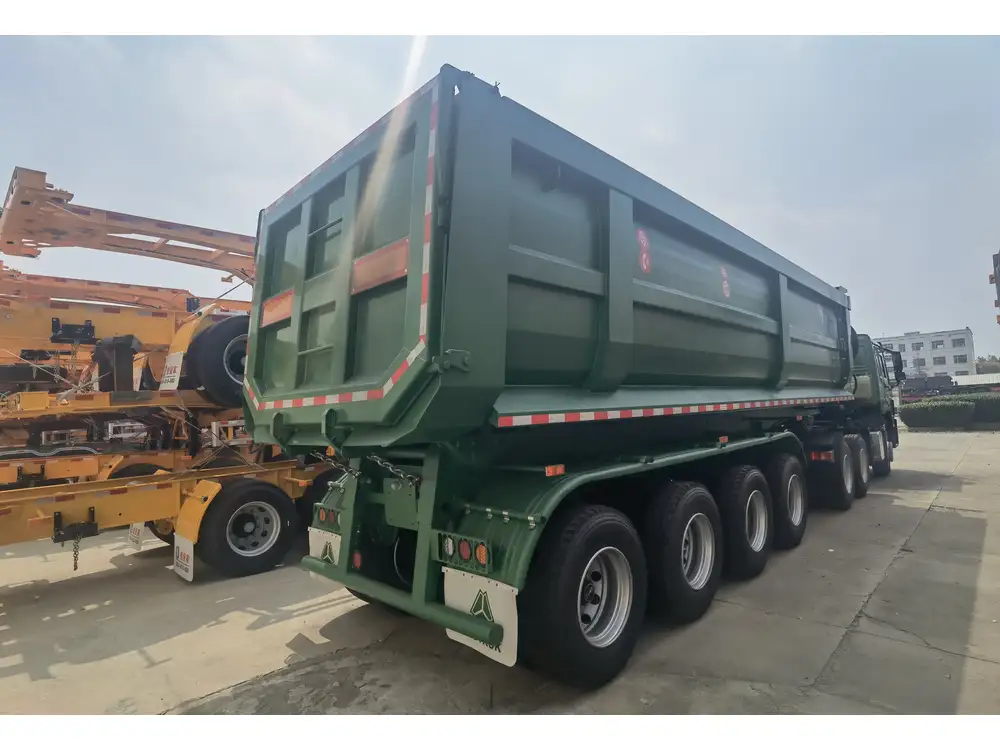
Common Mistakes to Avoid
Even with the best equipment and techniques, it’s easy to make errors that compromise load security. Here are common pitfalls and how to avoid them:
Under-Tensioning Straps
Failing to apply sufficient tension can allow the load to shift. Always ensure straps are tight enough to hold the cargo firmly in place.
Over-Tensioning Straps
Excessive tension can damage both the load and the securing straps. Follow manufacturer guidelines for appropriate tension levels.

Ignoring Load Distribution
Unevenly distributed loads can lead to trailer instability. Always aim for balanced weight distribution to maintain control during transit.
Neglecting Regular Inspections
Loads can shift over time, especially during long journeys. Regularly inspect and adjust straps as necessary to maintain load security.
Compliance and Regulations
Adhering to legal requirements is crucial for safe and lawful transportation. Familiarize yourself with the regulations that govern load securing in your region:
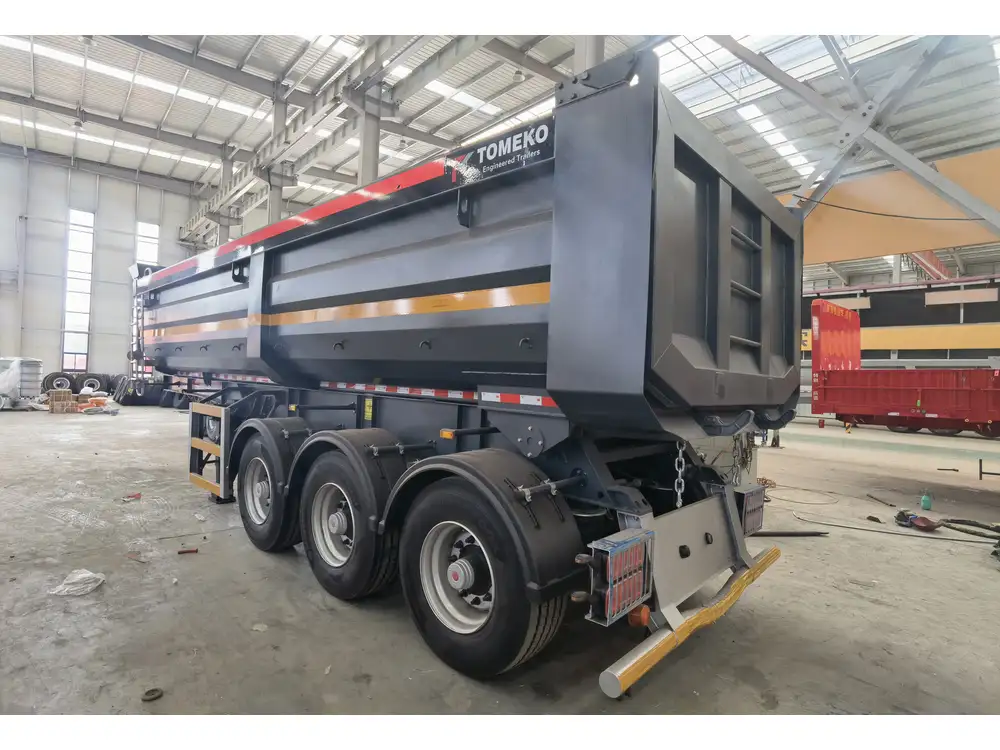
Federal Motor Carrier Safety Administration (FMCSA) Guidelines
- Securement Ratio: Typically, one tie-down per 10 feet of load length.
- Minimum Requirements: At least two tie-downs for loads weighing more than 4,000 pounds.
- Inspection Mandates: Drivers must inspect their loads before and during transport to ensure continued security.
State-Specific Regulations
Different states may have additional requirements regarding load dimensions, weight limits, and securing methods. Always consult local regulations to ensure full compliance.
Choosing the Right Strapping Solutions with CarMax Vehicle
At CarMax Vehicle, we pride ourselves on offering robust and reliable load securing solutions tailored to your specific needs. Our product range includes:
| Product | Features | Ideal For |
|---|---|---|
| Ratchet Straps | Adjustable tension, high durability | Heavy and irregular loads |
| Cam Buckle Straps | Quick application, lightweight | Light to medium loads |
| E-Track Systems | Flexible securing points, easy to attach/detach | Versatile and complex cargo layouts |
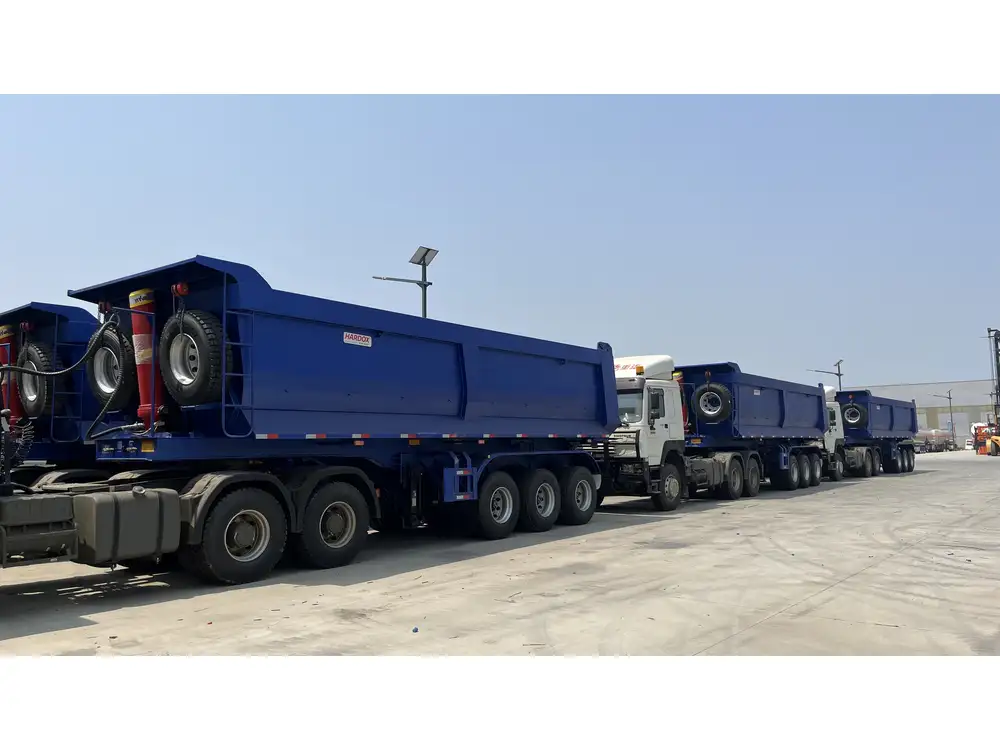
Customization and Support
We offer customized load securing solutions to match your unique transportation requirements. Our expert team is available to provide guidance and support, ensuring you select the best products for optimal load security.
Training and Best Practices
Effective load securing extends beyond equipment choice; it involves continuous training and adherence to best practices.
Employee Training Programs
Implement comprehensive training programs for staff to:
- Understand the importance of load security
- Learn proper strapping techniques
- Recognize and rectify common securing mistakes
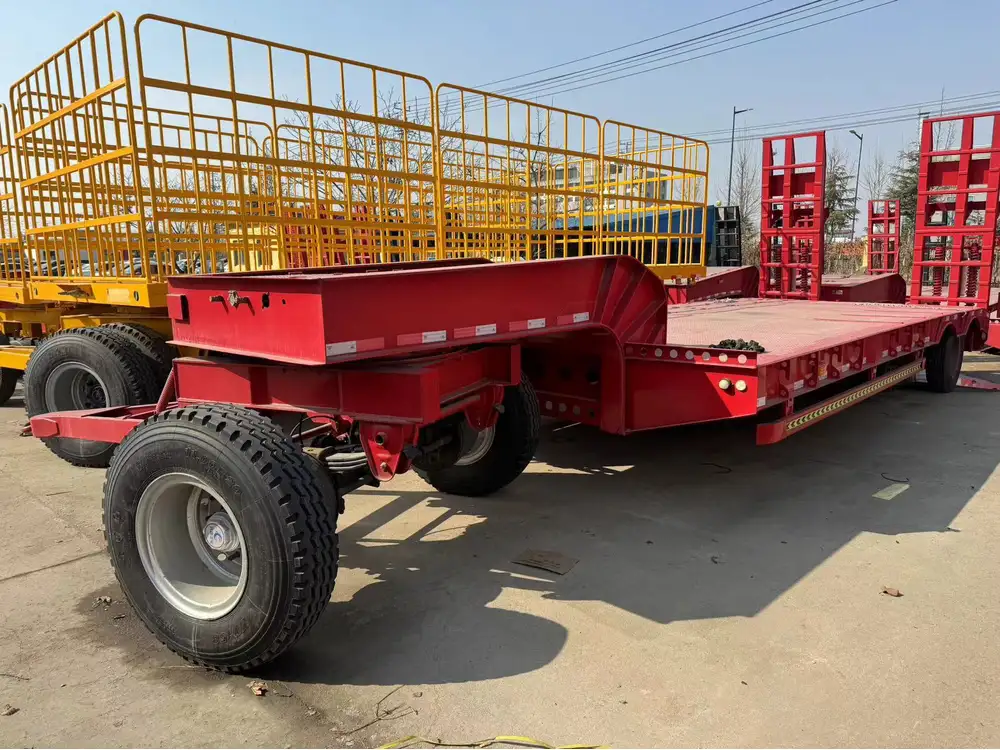
Regular Drills and Audits
Conduct regular drills and audits to:
- Reinforce training
- Identify potential issues before they escalate
- Ensure compliance with safety standards
Innovations in Load Securing Technology
The transportation industry is continually evolving, and so are the technologies that enhance load securing. Stay ahead with these innovations:
Automated Strapping Systems
Automated systems streamline the strapping process, increasing efficiency and consistency in securing loads.

Advanced Materials
Modern straps made from high-strength materials offer superior durability and performance, even under extreme conditions.
Smart Sensors
Integrate smart sensors that monitor strap tension and alert drivers to potential shifts or loosening, ensuring proactive load management.
Sustainability in Load Securing
Embracing sustainable practices in load securing not only benefits the environment but also enhances operational efficiency.
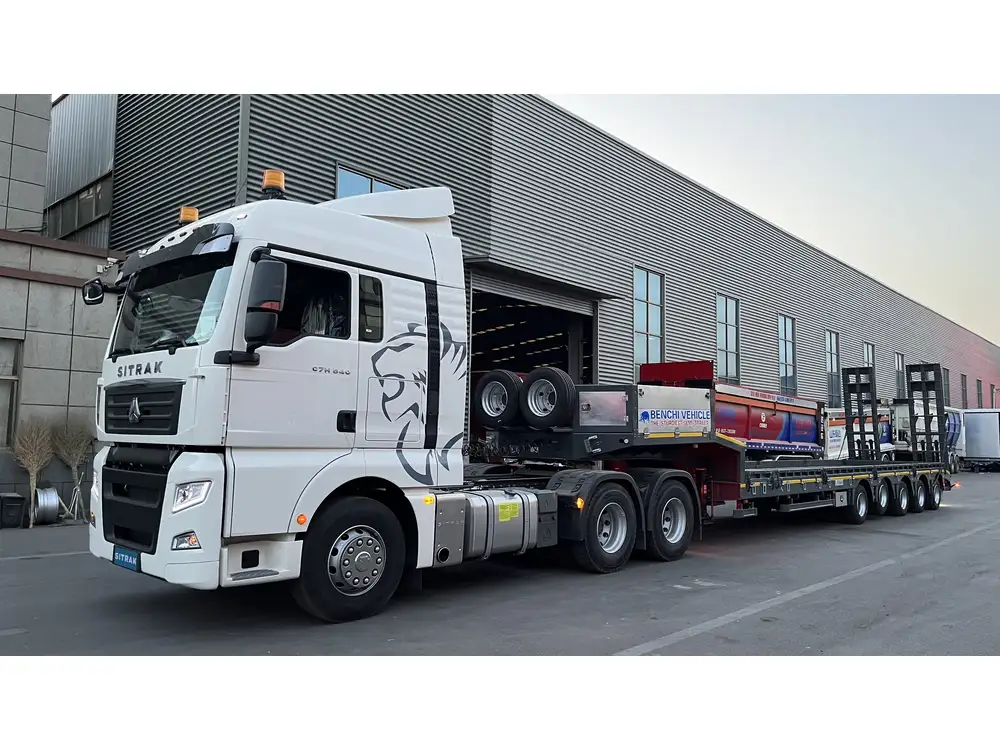
Reusable Straps
Opt for durable, reusable straps that reduce waste and lower long-term costs compared to single-use alternatives.
Eco-Friendly Materials
Choose straps and securing equipment made from recyclable or biodegradable materials, minimizing environmental impact.
Case Studies: Success Stories with CarMax Vehicle

Case Study 1: Efficient Freight Transport
A logistics company partnered with CarMax Trailer to upgrade their load securing equipment. By implementing our ratchet straps and E-Track systems, they achieved a 30% reduction in load shifts and enhanced overall transport safety.
Case Study 2: Heavy Machinery Hauling
Transporting heavy machinery requires specialized securing solutions. CarMax Vehicle provided customized load bars and high-tension straps, ensuring the machinery remained stable and undamaged throughout transit.
Frequently Asked Questions

1. What is the minimum number of tie-downs required for a flatbed trailer?
The minimum number of tie-downs typically depends on the load’s weight and length. As a general guideline, use at least one tie-down for every 10 feet of load length and a minimum of two tie-downs for loads exceeding 4,000 pounds.
2. Can I use any type of strap for load securing?
Not all straps are created equal. It’s crucial to use straps designed for load securing, such as ratchet or cam buckle straps, which offer the necessary strength and tensioning capabilities. Using inappropriate straps can compromise load stability and safety.
3. How often should I inspect my load during transport?
Regular inspections are vital, especially for long-haul trips. We recommend checking your load at least once every 100 miles or whenever you make a stop, ensuring straps remain tight and the load remains secure.

4. What are the consequences of improperly secured loads?
Improperly secured loads can lead to load shifts, accidents, vehicle damage, and legal penalties. Ensuring proper load securing is essential for safety, compliance, and protecting your cargo.
5. How can CarMax Vehicle help improve my load securing practices?
CarMax Vehicle offers a comprehensive range of high-quality securing products, expert guidance, and customized solutions to enhance your load securing practices. Our team can help you select the right equipment and implement best practices tailored to your specific transportation needs.
By adhering to these detailed strategies and leveraging the expertise and products from CarMax Vehicle, you can ensure your loads are securely fastened, compliant with regulations, and transported safely and efficiently.



